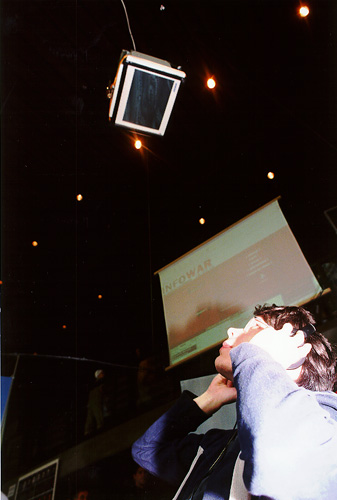my Thesis in Architecture
.pdf See update
“When you ask someone in Los Angeles how far it is from the beach to downtown, he or she will answer with the number of minutes it generally takes to traverse the distance rather than noting the number of miles. This system of defining and representing distance has recently been codified for use on the California Department of Transportation’s large LED “Freeway Condition” signs, which offer up-to-the-minute projections of estimated drive times: “8 minutes to downtown;” “22 minutes to 605 freeway,” and so on. Intrigued by the shift from the absolute units of distance traditionally used to describe space to the relative space of approximate drive times, Dietmar Offenhuber undertook an investigation of other examples in which data about the city is visualized in relative terms. The result of his work is Wegzeit, which uses six 3-D mapping paradigms – or cartograms – to visualize the city according to a range of conditions and interests.”
from the introduction of Vectors Online Journal
Link to the original Version of the Project
wegzeit project page at medienkunstnetz.de
i continued the work in the Projects 5 minute places and loopcity
































































